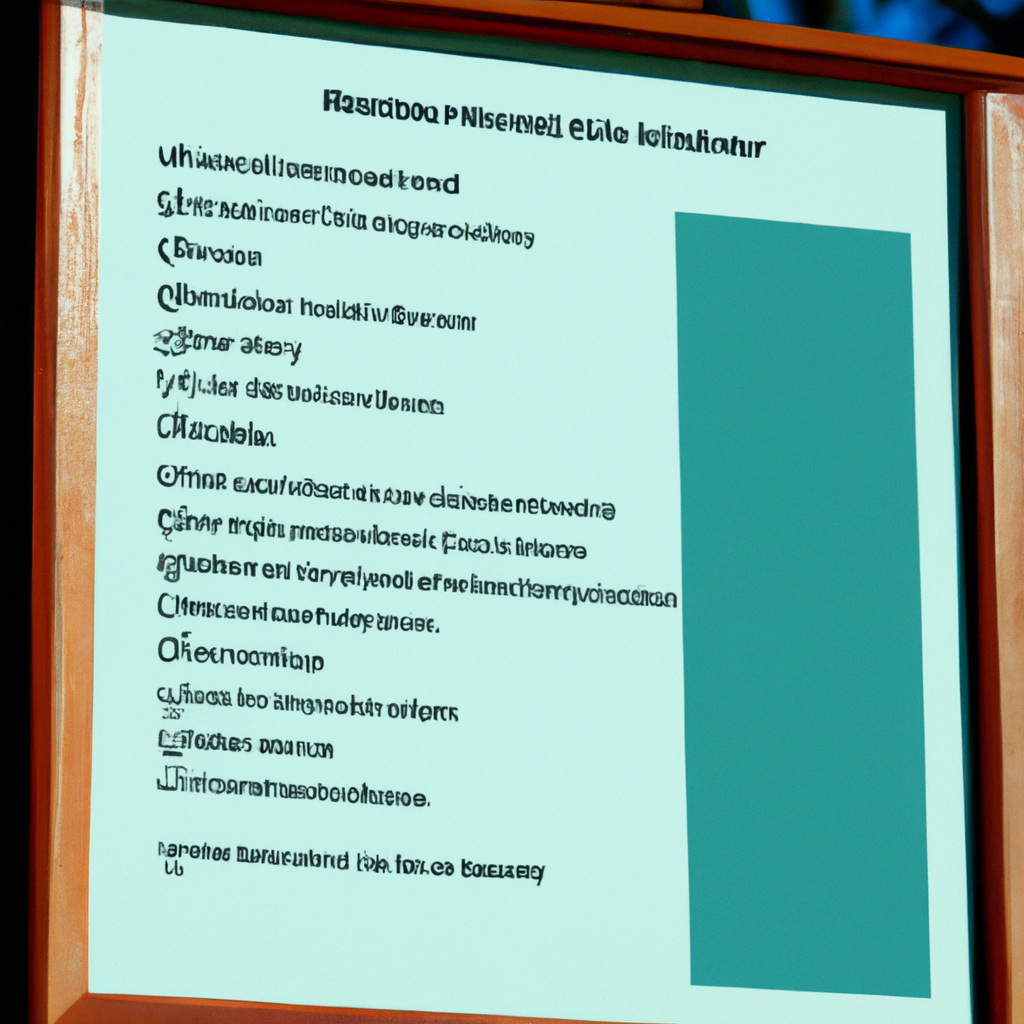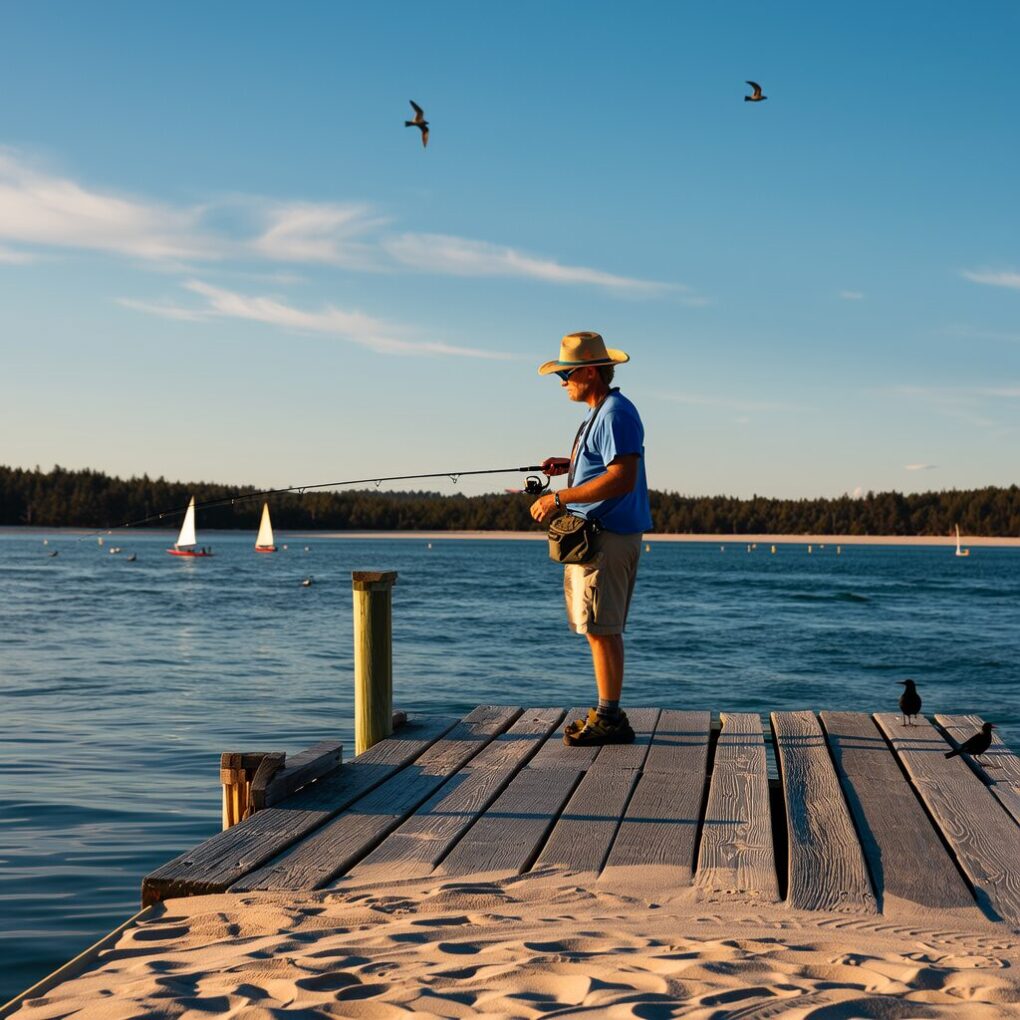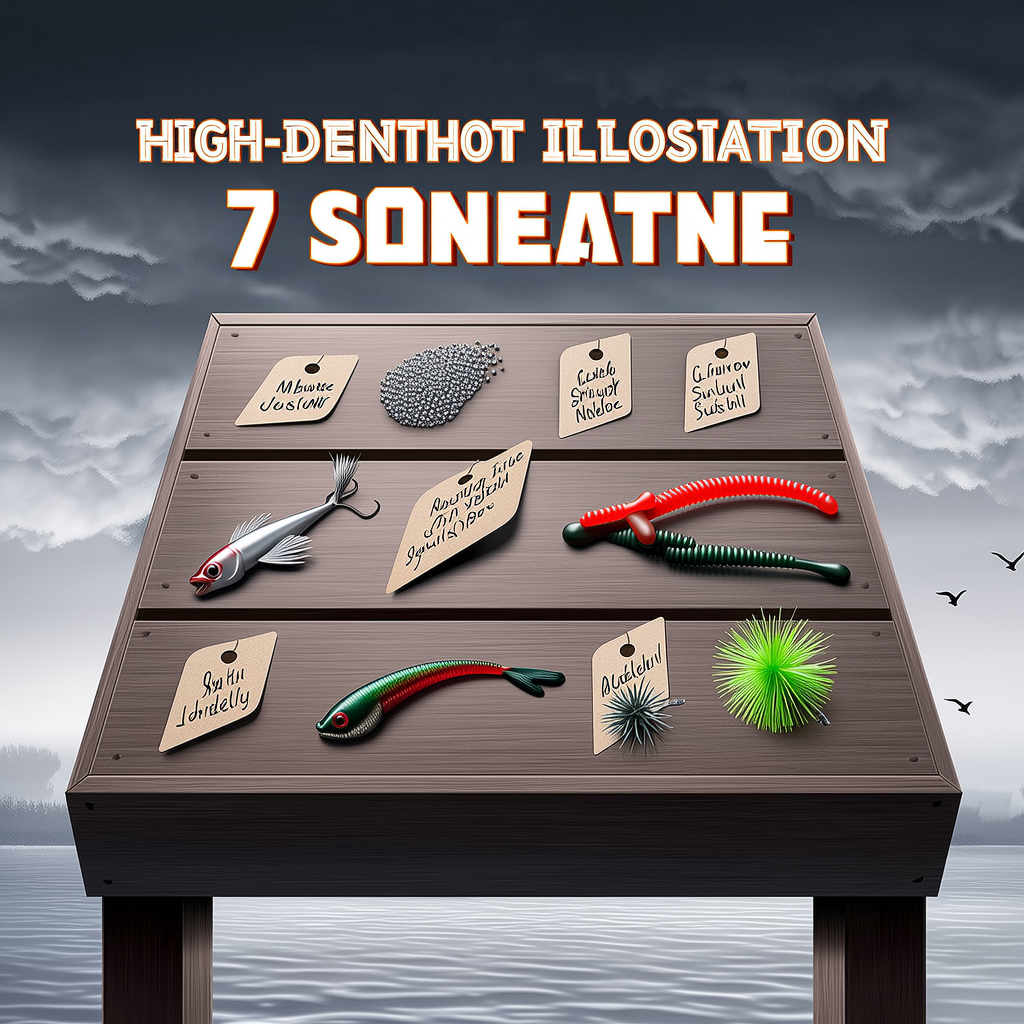Maine is well-known for its stunning landscapes and abundance of natural resources, including its many freshwater and saltwater fishing opportunities. Maine has some of the most exciting fishing opportunities in the Northeast.
It is important to know Maine’s fishing regulations before you go fishing. These regulations were put in place to protect the environment and ensure the sustainability of fish stocks. This guide will help you, whether you’re a veteran angler or a novice, learn all you need about Maine’s fishing regulations.
General Fishing Regulations for Maine
Before we get into the specific rules and restrictions of different species, it is important to remember the general fishing regulations in Maine.
- Fishing license: All anglers must have a valid Maine fishing licence to fish in freshwater and saltwater. Licenses can be purchased online and at many retail locations throughout the state. Prices will vary depending on where you live and how long you have the license.
- Bag and Possession Limits Maine has bag- and possession limits for different species of fish. This means that you can only keep a set number of fish per day, or have a limited amount of fish in your possession. These limits should be noted and adhered to.
- Size Limits Maine has size limits for specific species of fish. These limits can vary depending on species and where they are located, so make sure you check the regulations for each body of water that you plan to fish.
- Catch & Release: Catch & release is encouraged in Maine to sustain fish populations. When releasing a fish, ensure that you handle it well and release it as gently and quickly as possible.
Specific Regulations for Freshwater Fishing
Maine is home to more than 6,000 lakes and rivers, making it a popular spot for freshwater fishing. Here are some restrictions and regulations for freshwater fishing in Maine.
- Trout: Maine is home to several types of trout, including brown, rainbow, and lake trout. The bag and possession limits vary depending upon the species and where they are located. In most waters, the minimum size limit for brown trout and rainbow trout is 10 inches.
- Bass: Maine’s freshwater bodies have both smallmouth and bigmouth bass. Bag and possession limits vary depending upon the species and whereabouts, and there is a 12 inch minimum size for both.
- Salmon: Maine’s larger lakes and reservoirs have landlocked salmon. Bag and possession limits vary depending upon the location. There is a minimum size limit at 16 inches.
- Pickerel – Pickerel is found in many Maine lakes and ponds. There is a limit on the number of fish you can carry and the maximum size of each fish that you can possess.
Saltwater Fishing Regulations
There are plenty of opportunities for saltwater fishing along Maine’s 3,500 mile coastline. Here are some restrictions and regulations for saltwater fishing in Maine.
- Striped Bass – Striped basse are a popular gamefish along Maine’s coast waters. Bag and possession limits can vary depending on where you are and what season it is. There is a minimum size limit at 28 inches.
- Bluefish: Bluefish are found in Maine’s coast waters during the warmer months. Bag and possession limits can vary depending on where you are and what season it is. There is no limit to the size of your bag.
- Cod & Haddock: cod and haddock are two of the most popular groundfish species along Maine’s coast. Bag and possession limits can vary depending on the season and species, and both have minimum sizes.
- Lobster: Maine’s lobster industry is well-known, but strict regulations are in place to ensure sustainability. Only licensed lobstermen can harvest lobsters. There are also restrictions on the size and season of lobsters.
Other Restrictions and Regulations
Other than regulations for specific fish species, there are also rules and restrictions that protect the environment and fish populations.
- Baitfish: Maine has specific regulations regarding the transport and use of live baitfish. These regulations are important to avoid the introduction of invasive species.
- Fishing Gear: Maine has specific restrictions about the types of equipment that can be used to fish for certain types. Bluefish and striped bass fishing, for example, have restrictions on the number and size of hooks that can be used.
- Protected waters: Maine has several protected waters. These waters include streams and rivers where fishing may be restricted or prohibited. It is important to be aware about these protected waters as well as the regulations.
Conclusion
Although the regulations governing fishing in Maine may seem daunting at first glance, they are designed to protect fish populations and preserve Maine’s natural resources. These regulations can be followed by anglers to help preserve the beauty of Maine’s freshwater fisheries and their abundance for future generations. Before you set out on your next fishing adventure, make sure you thoroughly read and understand the regulations.




